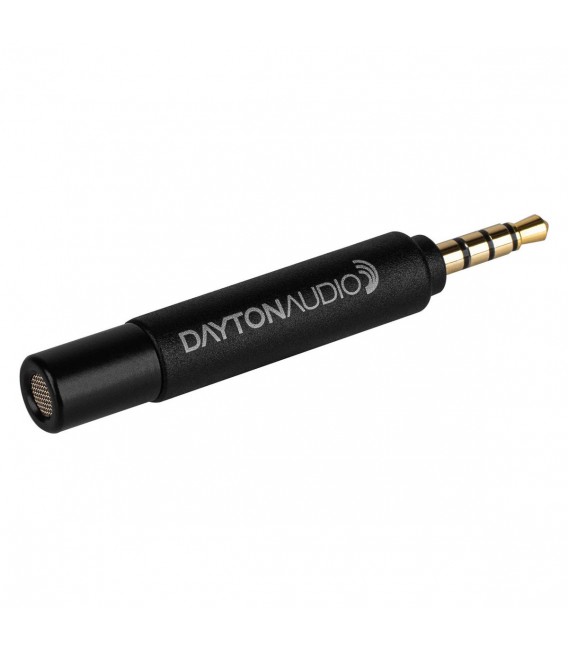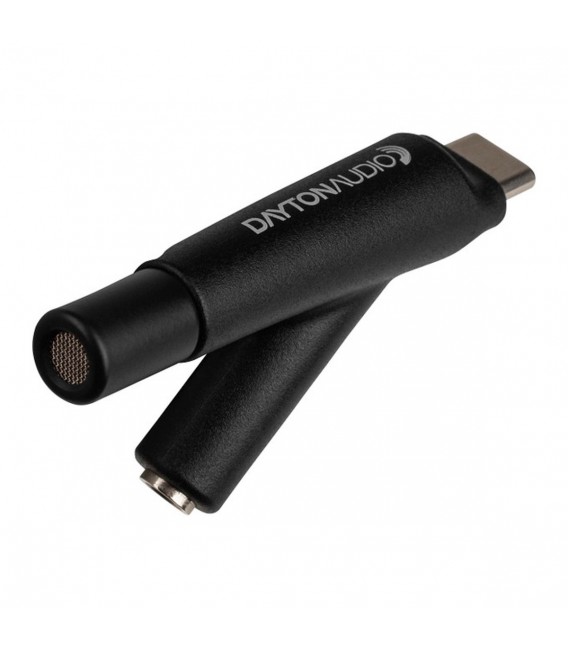I can understand your point of view, because that's how I used to see it. The thing is a hifi amp with dsp for a decent price is rare, and will probably always stay that way. Strangely most hifi shops and reviewers don't want dsp/eq in their amps because it's not "pure". For that same reason they want class a amps. It's a strange world.Most avr can play 50 watt in all channel 5 or 7 but bi amped it it might control the speakers better
I doubt it used all of the current,power (not wattage) when only playing 2x50 watt, would be amazing having 2x50 watt but the amp using the power it has when playing 350 watt (most avr's are 7 channel)
Thats the problem. you have to buy an avr, if they just would concentrate the amp(s) in to a 2 channel only amp with no thx setting (but still dsp,room correction) less inputs since it's not used in the same way for stereo as surround, less therminals,binding posts since it max 2 pair of binding post for bi wiring and not 7 or 9 channels use the save money for better power supply,mic, d/a converter.... better sound
500 for the wiim amp pro or 1500 if you can find a good black friday deal on a Lyngdorf TDAI-1120 nothing in between unlees an avr is okay
Anyway, it took me a long time to realise an avr is the cheapest way to get to hifi heaven. It can most probably be configured for a stereo or 2.1 situation, if you want to. Power is over 105 watt at 8 ohm, 135 at 6 ohm for 2 channels. And the price is low because of the high turnover. https://www.hifiklubben.no/denon-avc-x3800h-annet/denavcx3800hbk/
Hifi is a niche, thus the prices are higher.




